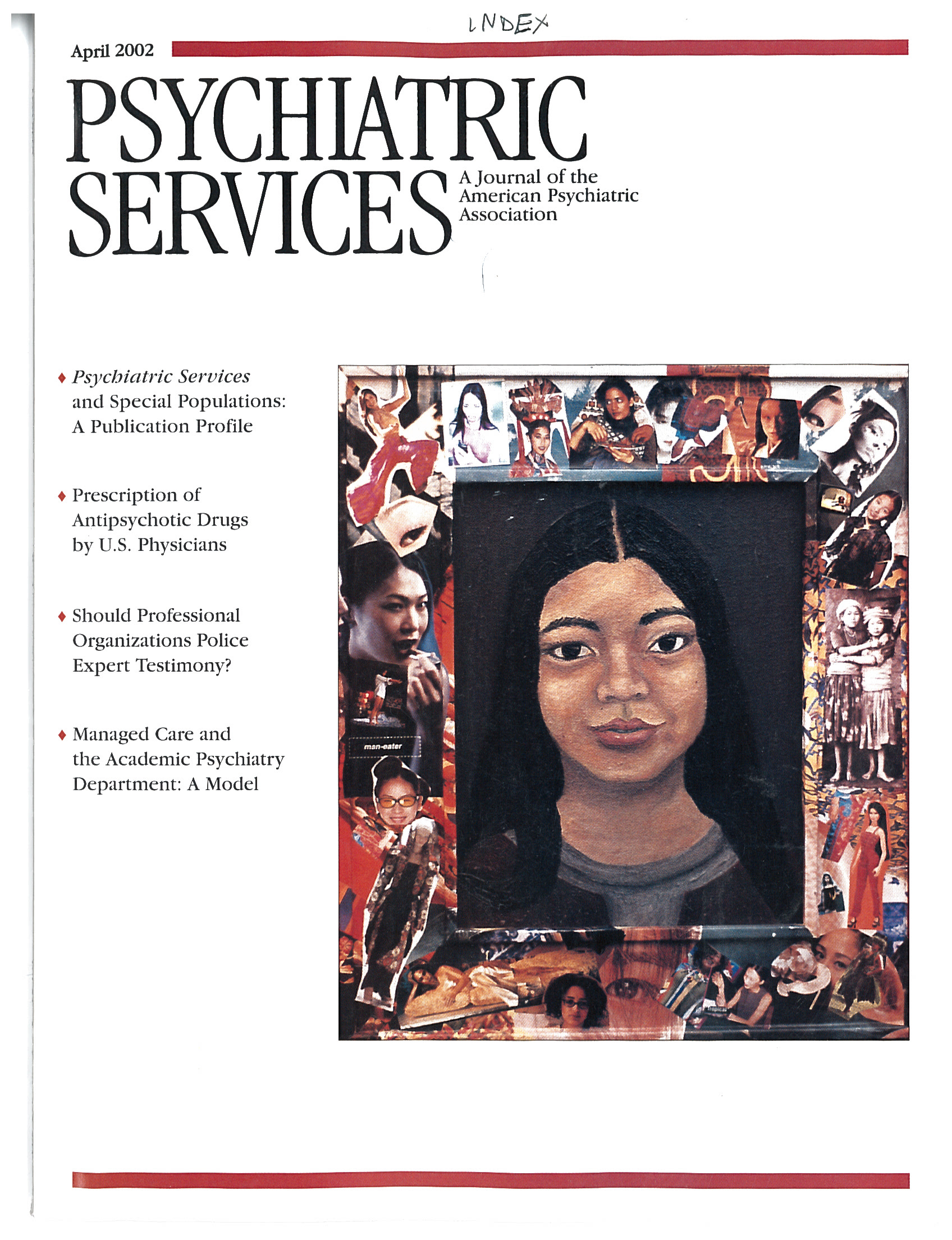Firearms Risk Management
To the Editor:The article "Firearms Risk Management in Psychiatric Care," by Dr. Sherman and associates (1), serves as an important reminder to ask suicidal and potentially dangerous patients about whether they have access to guns and other weapons. Unfortunately, the authors do not address denial, which is generally the reason for not asking patients about guns. Denial is based on a clinician's fear of violence, including fear of his or her own unconscious thoughts (2).
Denial also occurs on an institutional level. That is why hospitals and professional societies alike resist proper training programs in awareness and self-defense and adequate data collection that could help prevent violence and protect clinicians. They rationalize their denial and failure to provide essential training with exaggerated concern about the image of the institution or stigmatization of patients (3).
The public, too, uses denial in response to firearm violence. In their article, Sherman and associates refer to the public's vulnerability. The public's denial primarily employs projection as a defense. The arousal of fear and denial leads to inaccurate interpretations and reporting of facts. Inaccurate reporting of data in journal articles arouses fear and hinders better understanding of the complex causes of and cures for suicide and other violent behavior.
Sherman and associates perpetuate several common myths exploited by gun control advocates. One is that the rate of firearm violence is greater in the United States than in any other industrialized country. In fact, the United States is ranked among the top ten countries in only one category of violent crime: it ranks eighth in burglary of unoccupied homes (4). The U.S. does not rank higher in other categories of violent crime, such as armed robbery or murder, because of the deterrent effect of defensive gun use. There is substantial evidence that potential perpetrators are deterred because they believe that potential victims might be armed.
That the accessibility of firearms increases the overall suicide rate is another such myth. As the handgun stock in the U.S. quadrupled between 1967 and 1997, the suicide rate remained constant or decreased (5). When firearms are less available, use of other methods of suicide increases, and overall suicide rates remain constant. Similarly, murder rates have steadily decreased as the gun supply and the population have increased, and the rate of gun accidents is at the lowest point in history.
Intentionally or not, Sherman and associates presented statistics about firearm violence that they did not put in context. There was no explanation of how much of gun violence was due to gang violence, drug wars, defensive use of guns by civilians or police, or the large and too often ignored tragedy of black-on-black violence.
Finally, Sherman and associates reported that two patients in their study turned guns over to a caseworker. This is a dangerous practice and should be discouraged. Clinicians are not trained to safely handle firearms. It also introduces a potential danger into a clinic or hospital setting. Any weapon should be kept safe by qualified family or friends living apart from the patient or, if need be, by the police.
Dr. Berg is assistant professor of psychiatry at Harvard Medical School in Boston.
1. Sherman ME, Burns K, Ignelzi J, et al: Firearms risk management in psychiatric care. Psychiatric Services 52:1057-1061, 2001Link, Google Scholar
2. Berg AZ: Survival and the ultimate threat. Psychiatric Times, June 1997, pp 33-36Google Scholar
3. Bell C: Psychiatric Aspects of Violence: Issues in Prevention and Treatment. San Francisco, Jossey-Bass, 2000Google Scholar
4. United Nations:1996 Demographic Yearbook. New York, United Nations, 1998Google Scholar
5. Kleck G, Kates D: Armed: New Perspectives on Gun Control. Amherst, NY, Prometheus Books, 2001Google Scholar



